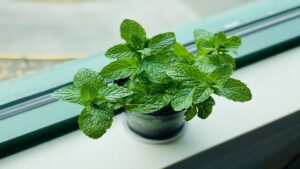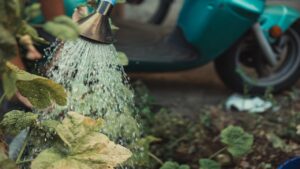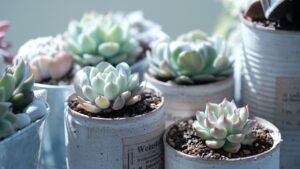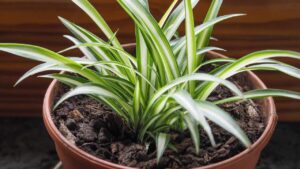The Christmas Rose: How to Care and Where to Put the Hellebore
Who said you must wait for spring to witness balconies or flower gardens in full bloom? There are beautiful plants that can withstand the cold and low temperatures, transforming your homes and gardens into colorful oases. One such plant is the Hellebore, also known as the Christmas Rose—an evergreen beauty cherished for its captivating blooms.
The Christmas Rose, or Hellebore, is a resistant plant that can withstand even the most challenging temperatures and climatic conditions. Usually, it blooms during winter, from December to February. However, in certain regions, it may start flowering as early as November, adding a touch of beauty to the colder months.
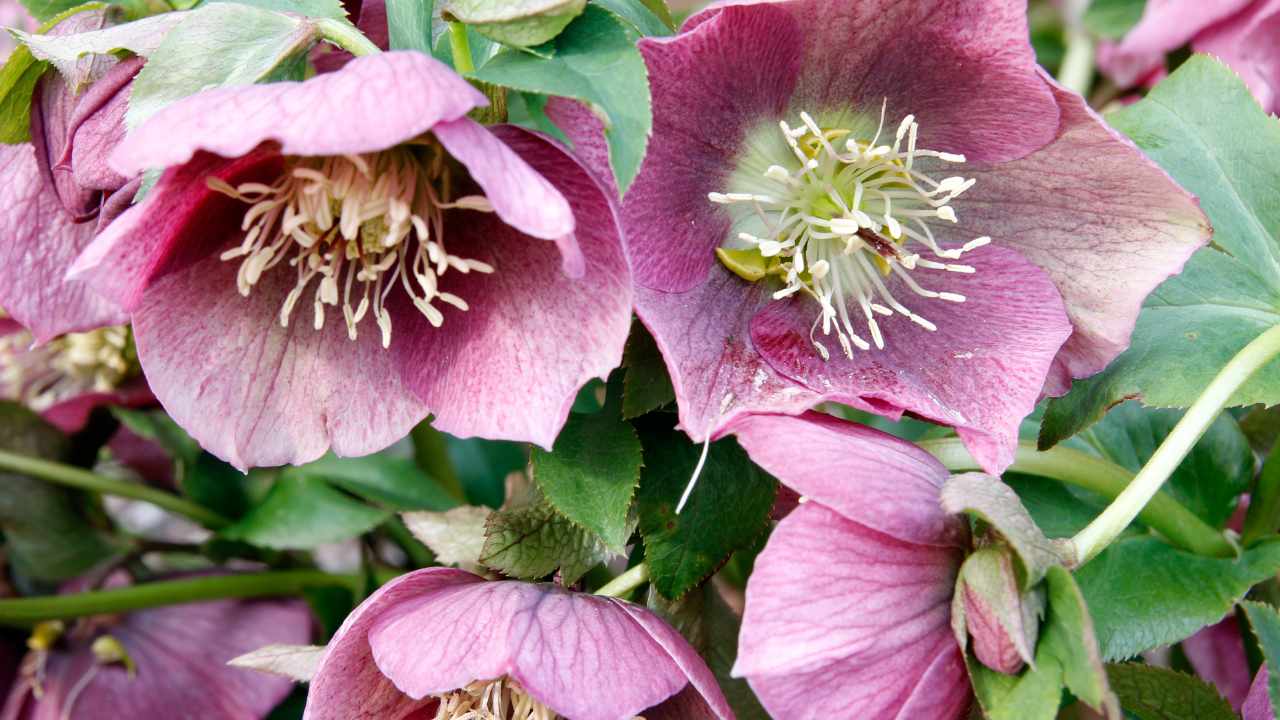
The characteristics of Hellebores vary depending on the species. Generally, they feature leathery, heart-shaped, or palmate leaves that often retain their green color throughout the year. The flowers can be solitary or grouped in clustered inflorescences, displaying a range of colors such as white, pink, red, purple, or green. Additionally, some Hellebore species boast a strong and distinctive scent.
Useful tips for growing the Christmas Rose
As far as cultivation is concerned, it is relatively simple. You just need to follow a few precautions. These plants prefer partial shaded exposure to avoid direct sunlight.
Once you have identified the appropriate position, sow the Hellebore in a pot during autumn or spring, ensuring well-drained soil enriched with organic substances. When it comes to irrigation, provide consistent watering without overdoing it to prevent water stagnation. At the end of each flowering season, undertake annual pruning by removing dry branches and leaves.
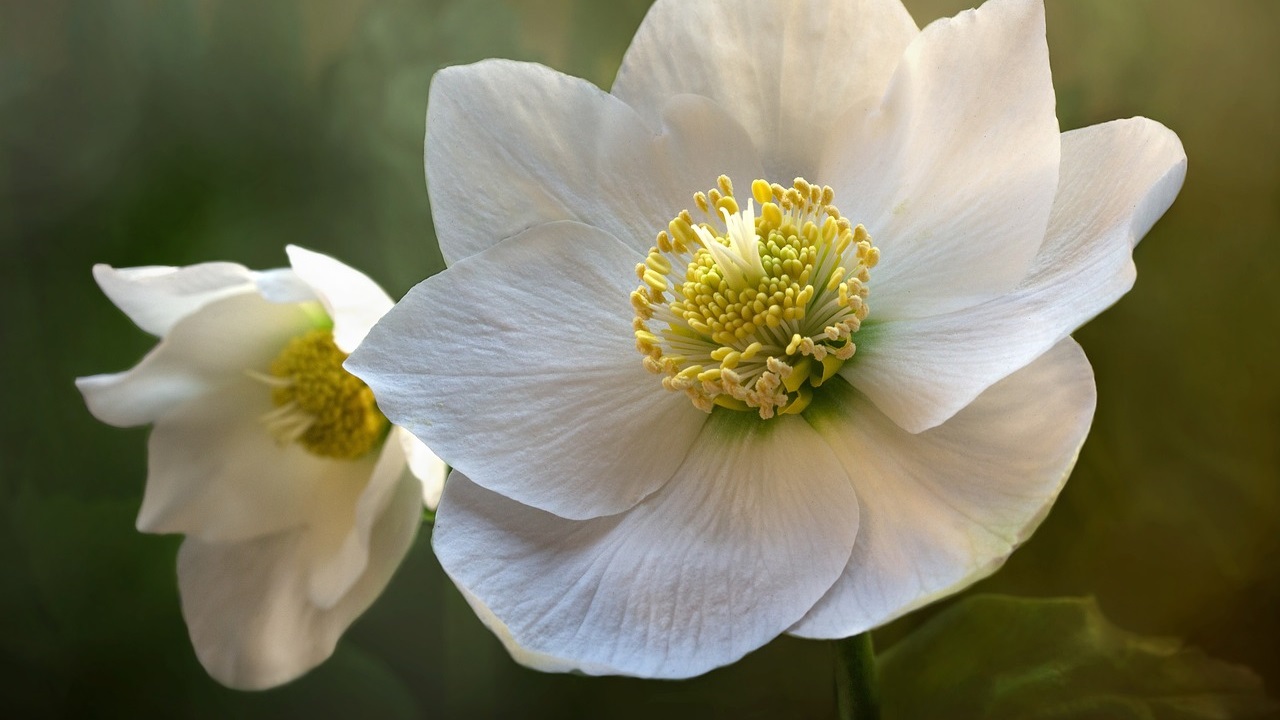
By following these simple tips, you’ll have a lush Christmas Rose adorned with blossoms, adding beauty to trees, centerpieces, balconies, and gardens during the holiday season. Although this plant was used in the past as a remedy for various ailments, it is crucial to note that the plant is highly toxic. All parts, especially the root, can cause gastrointestinal problems if ingested. Handle it carefully, wear gloves, and ensure it is kept out of reach of children and pets.
